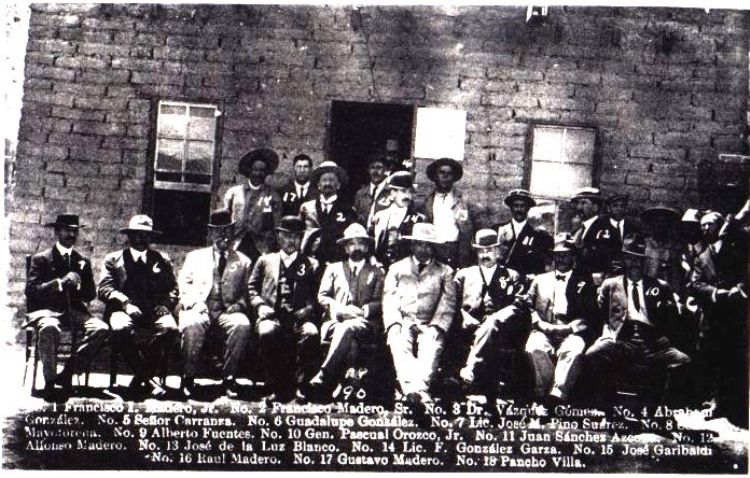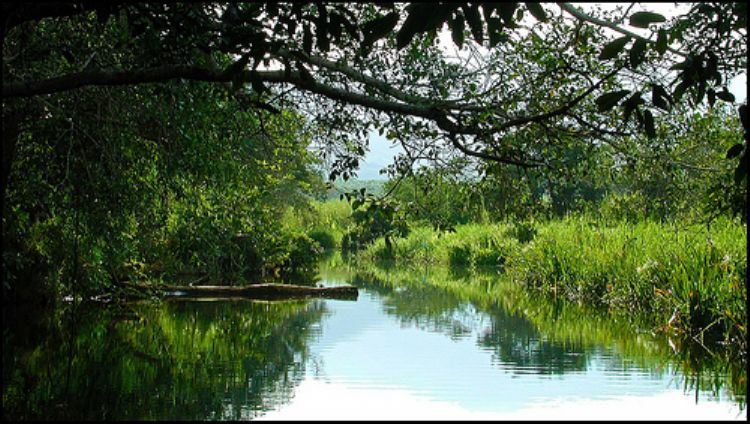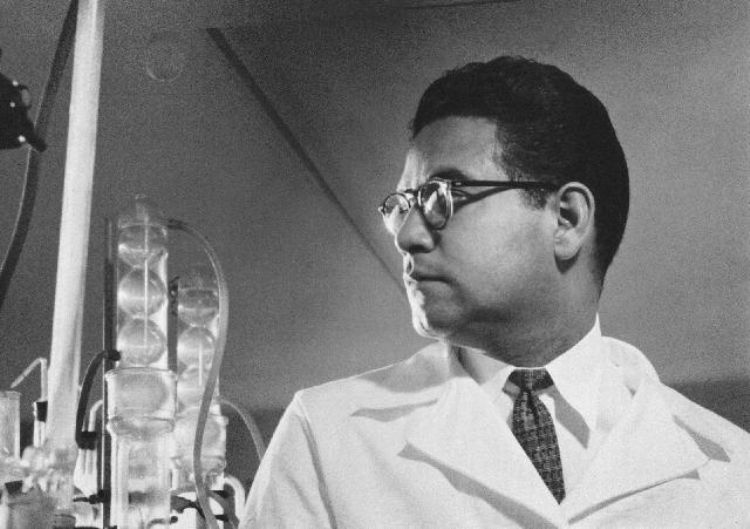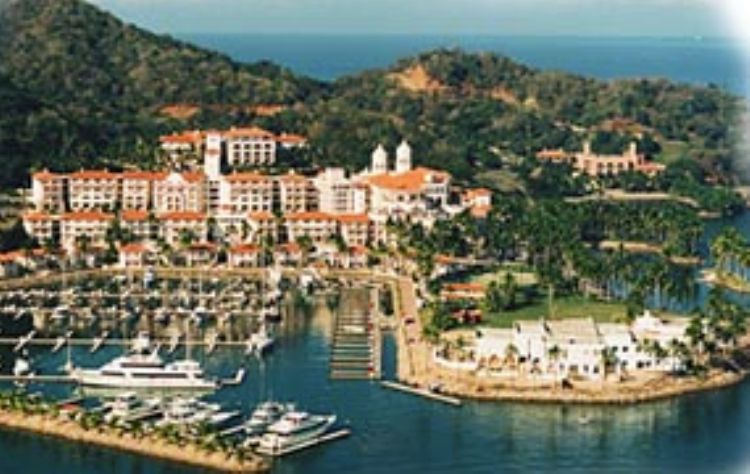
During the 19th century, the country had many battles, no...

One of the largest states in Mexico, Coahuila has beautiful deserts and forests, distinguished by the progressive attitude of its people. Formed by six main regions, Coahuila offers peculiar tourist attractions where history, culture and nature come together for the enjoyment and surprise of its visitors, such regions are: Carboniferous, Center, Desert, Laguna, North and Southeast.
CUATRO CIENEGAS
Meaning "Four Swamps" and guarded by the six highest peaks found along the state's topography, the valley of Cuatro Cienagas represents a live testimony of the history of Mexican topography.
The desert landscape brings about two contradictions: first, it hosts no less than 500 bodies of water, including 200 pools or wells, and the remaining 300 in the shape of rivers or lagoons; and second, to contain gypsum dunes, instead of the typical silica dunes found in deserts.
Those wells, which have given the region an international renown are Poza Azul and Poza de La Tortuga. The first, meaning the "Blue Pool", and indeed containing stunning blue hues due to the existence of marine bacteria some 3,000 years old and able to produce oxygen; and the second, meaning "Pool of the Tortoise", hosts one of the 80 endemic species found across the valley, the so-called "hinge" tortoise, which can in fact move and close its shell hermetically when threatened by predators. Some other endangered species found in the area include the soft-shell turtle, the blind fish, the dart-fish, the four-swamp bream, and the four-swamp swordfish.
The pools contained in this valley lie within a protected area, but there are in fact some other pools which have been properly fit to welcome visitors in search of a little diving or some space for camping out, or just looking forward to taking a few snapshots of such wonderful natural settings.
Poza de la Becerra is one of the largest and most important lagoons within the famous Cuatro Cienegas Valley and a paradise amidst the saline desert. It proudly represents this area that spans over 200 pools or water holes. This site has been explored by experts of multiple disciplines for being the magical habitat of endemic and unique species of the world, such as the Cuatro Cienegas mojarra, the dog fish and the bisagra turtle. This area has been the topic of a famously published research within prestigious National Geographic Magazine.
ARTEAGA MOUNTAINS
The refreshing pine and oak forests growing on the mountains that form the Arteaga Sierra, represent the ideal scenery for those wishing to retreat from daily routines and stay in a rustic but comfortable wooden cabana, and even practice some snow skiing over a mountain covered with artificial snow, the only one in Mexico. No wonder the Monterreal Forest represents a major tourist attraction for foreigners and for locals residing in areas close to the Arteaga municipality.
The mountain range also offers interesting and challenging terrains ideal for the practice of mountain biking, as well as outlined trails for long hikes, not forgetting the fact that each cabana has its own barbecue so that guests can try many of the local products at the comfort and privacy of their lodge.
In addition, the Arteaga Sierra is highly regarded for the splendid views it offers from the various canyons that conforms it, the San Lorenzo Canyon among them.
PARRAS
Also known as "The Oasis of Coahuila" for the countless number of bodies of water found within its boundaries, and for the numerous groves that provide shade to those residing across the area. Also, Parras claims to be the home of the most famous of Mexican wineries, Casa Madero.
Wine tradition is thus closely related to the history of Parras de La Fuente, and it plays a major role during the local celebrations and festivities, such as the Vendimia festivities, which attracts a large number of visitors from all around the nation.
CASA MADERO
Within the Parras de la Fuente region, Casa Madero boasts the honor of being the first wine producer house in America. It was founded in 1597 by Don Lorenzo de Garcia and industrialized by Don Evaristo Madero since 1893 and has since received many international awards for the excellent quality of its products, which visitors can admire at its Wine Museum and purchase at its boutique store.
SANTO MADERO CHURCH
Located at Parras de la Fuente, over Cerro del Sombreretillo, this volcanic rock formation with unique traits hosts a small chapel built in 1868 by the Jesuit order that settled here. Since then, it has gathered thousands of faithful followers who arrive every May 3 to celebrate the Patron Saint with dances and pilgrimages.
BILBAO DUNES
A cumulus of fine sand forming the mountainous dunes ideal for movie and adventure scenarios, these are also great for sand boarding, cycling and camping while having a barbecue and fully enjoying its enigmatic landscape. This area belongs to the municipality of Viesca in Coahuila, a one-hour drive from La Laguna.
For those inclined towards sports of a rather extreme nature, the Bilbao Dunes represent the perfect site to practice sand-skiing while pulled by a four-wheel motorbike, or slide on a board and create sand waves with the snow-board, all this within a unique desert environment of fine sand dunes. The local fauna and flora naturally consists of species capable of surviving and adapting to extreme conditions, such as cactus, falcons, snakes and coyotes.
MONTERREAL FORREST
This tourist complex has nicely equipped cabins and its main attraction is its own artificial skiing track open throughout the year, a unique attraction in the Coahuila. In addition to trained skiing teachers, you will also find a luxurious golf club, tennis courts, indoor swimming pool, gym, rock climbing wall and many more facilities. It is located on the southern part of the State, very near Saltillo.
DESERT MUSEUM
Museo del Desierto is, without a doubt, one of MexicoÃâs most interesting museums. Not only for displaying a profound knowledge of its ecosystem, but also for the creative fusion that creates an ambitious theme development in its halls, reviewing the Paleontology, Geology, Biology, Anthropology, History and Art related to the region.
Four pavilions show the natural history of this province, while one of its main attractions is the exhibit of dinosaur fossils found in this same region, probably the largest in Mexico, in addition to its new project: ÃâLiving DesertÃâ, a natural history museum.
XOCHIPILLI PARKS (I and II)
An initiative of the Pape family, this spectacular area near Monclova offers natural, cultural and recreational spaces for great adventures. The parks include rest areas, playgrounds, an artificial waterfall and lake, theater for the arts and luxuriously equipped sports courts.


Luis Ernesto Miramontes Cárdenas was born on the 1...

Barra de Navidad is a population with fishing origins who...